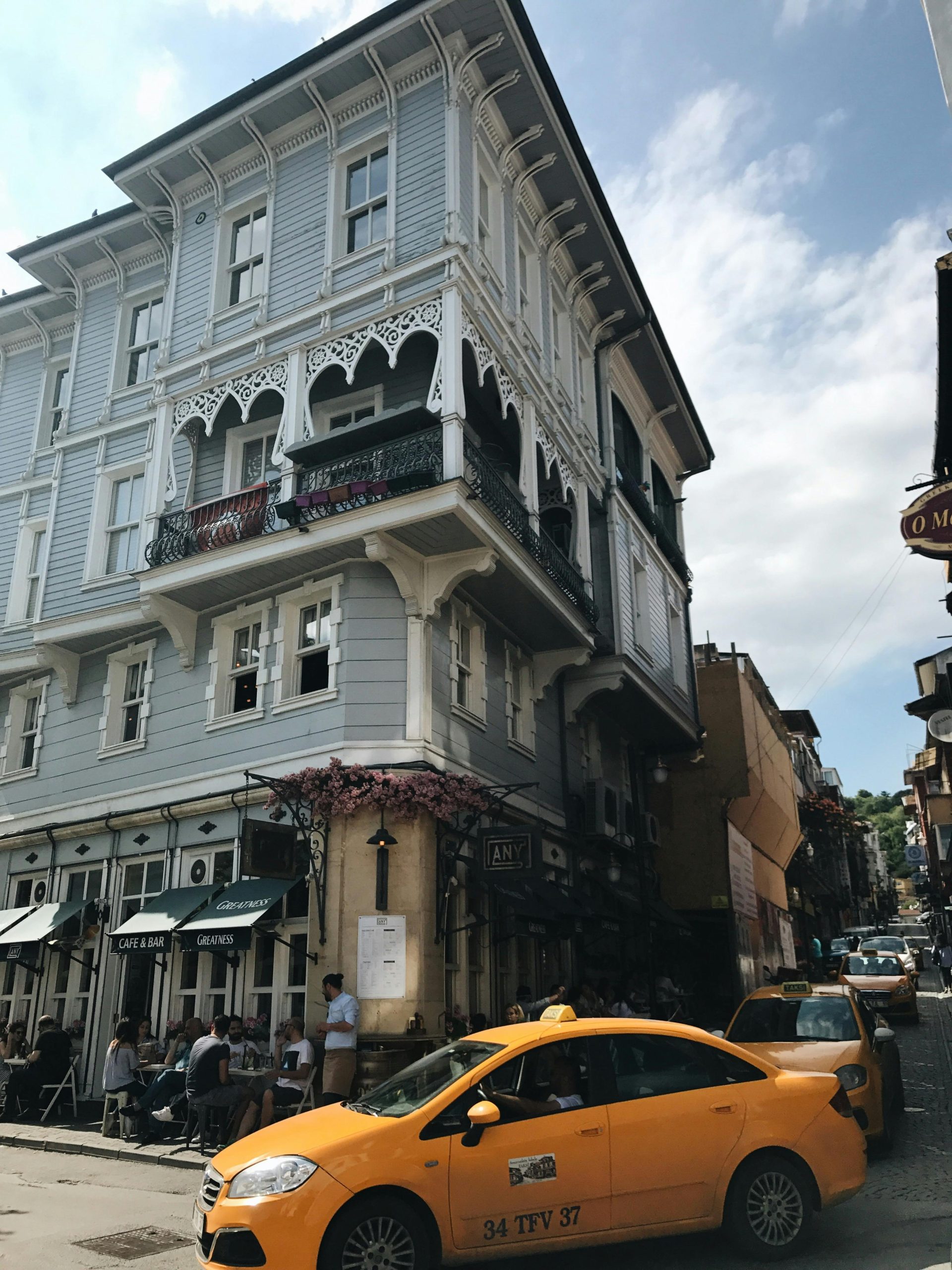The Rise of Low Traffic Neighborhoods: Debunking the Myths
In recent years, the concept of low traffic neighborhoods (LTNs) has gained significant traction, sparking conversations across various platforms. Despite some misconceptions surrounding them, LTNs are proving to be not only popular but also highly effective in reshaping urban living.
Understanding Low Traffic Neighborhoods
Low traffic neighborhoods are designed to restrict vehicle access in certain areas, creating more pedestrian-friendly environments. These zones encourage walking, cycling, and community interaction while reducing pollution and traffic congestion. The primary goal is to enhance the quality of life for residents, promoting healthier lifestyles and more vibrant communities.
Dispelling Common Misconceptions
One of the main myths about LTNs is that they lead to increased traffic congestion in surrounding areas. However, research and pilot projects indicate that these neighborhoods often result in reduced overall traffic. By promoting alternative modes of transportation such as biking and walking, LTNs help to alleviate rather than exacerbate local congestion issues.
Another common concern is that LTNs might create barriers for emergency services or limit access for residents. In practice, many neighborhoods implementing LTNs are designed with access for emergency vehicles in mind, ensuring that safety remains a top priority while still fostering a calmer, quieter environment for all.
A Sustainable Future
Low traffic neighborhoods are not just a passing trend; they represent a significant shift towards sustainable urban planning. As cities grow and environmental concerns mount, the need for innovative solutions that prioritize community wellbeing is more crucial than ever. By embracing LTNs, urban planners aim to create equitable spaces that cater to diverse needs, promoting accessibility and inclusivity.
Conclusion
The benefits of low traffic neighborhoods are clear: increased safety, improved air quality, and a stronger sense of community. As myths surrounding them continue to fade, it becomes evident that LTNs are here to stay. Embracing this model may be one of the most effective strategies for cultivating healthier, happier urban environments for generations to come.
As we look to the future, it’s essential for city planners, stakeholders, and residents alike to advocate for and support the evolution of our neighborhoods to foster a more sustainable and livable urban life.


One thought on “Just ignore all the myths about low traffic neighbourhoods: they’re popular, effective and here to stay”